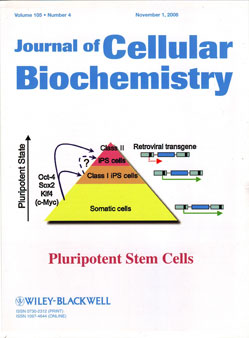
“Substantial data have been accumulated regarding the molecular basis of cystic fibrosis (CF) pathogenesis, whereas the influence of biochemical impairments on brain processes has been the focus of much less attention. We have studied some behavioral parameters, such as motor activity and anxiety level, in a mice model of CF.
We have assumed that functioning of the endocannabinoid system could be impaired in CF (endocannabinoids are fatty acid derivatives, and fatty acid deficiency is considered a major factor in CF etiology). We have suggested that chronic treatment with cannabinoid receptors agonist during infancy would balance cannabinoid levels and prevent CF-related behavioral alterations.
Motor activity and anxiety level were studied in naïve adult CF mice (cftr-deficient mice) and compared with wild-type mice and to CF mice treated chronically with Δ9-tetrahydrocannabinol (Δ9-THC; endocannabinoid receptor agonist) during infancy (from days 7 to 28). Motor activity was tested in the tetrad, and level of anxiety in the plus maze, a month after cessation of treatment.
Motor activity decrease and elevated anxiety level were found in adult naïve CF mice compared with wild-type mice. CF mice treated with THC in infancy showed normal motor activity and anxiety levels in adulthood. Motor function alteration and elevated anxiety levels in CF can result from lack of CFTR-channel in neurons and disturbed activity of various brain areas, as well as being secondary and mediated by fatty acids deficiency, altered levels of endocannabinoids and their receptors.
It can be suggested that chronic treatment during infancy restores endocannabinoid function and thus prevents behavioral alterations.”
https://www.ncbi.nlm.nih.gov/pubmed/22865361









